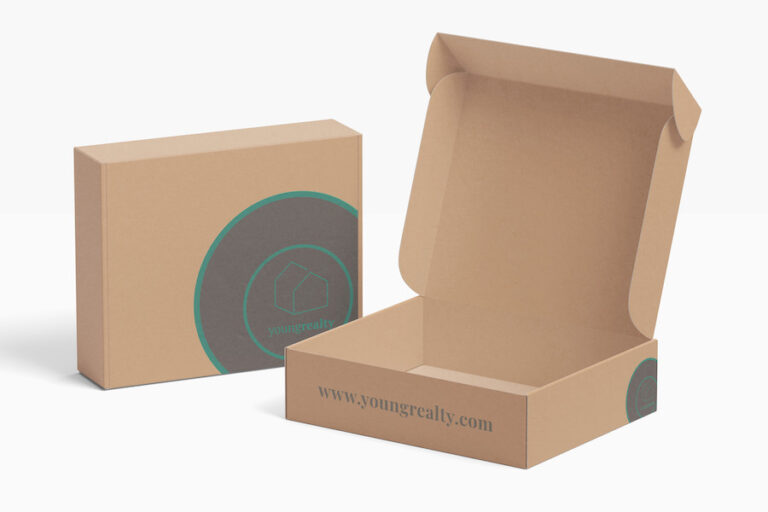Kannák: Tracing Their Historical Roots, Diverse Applications, and Contemporary Social Narratives
The word “Kannák” comes from the Hungarian term “Kanna,” which means “container.” This name perfectly captures their primary role: to hold, transport, and store a wide range of materials. But Kannák is far more than just simple containers. They carry a rich history and cultural significance that goes beyond their practical use.
In this article, we’ll explore the fascinating world of Kannák, beginning with their origins and the different types available. These containers have evolved over time, adapting to various needs and becoming an essential part of daily life. From ancient times to the present day, Kannák has played a vital role in storing and transporting goods, showcasing the ingenuity and resourcefulness of the people who use them. Each type of Kannák, whether made from clay, metal, or plastic, serves a specific purpose and tells its own unique story.
By delving into the different materials and designs that make Kannák unique, we gain a deeper appreciation for these humble yet indispensable items. Beyond their practical uses, Kannák reflects a heritage of creativity and functionality. Join us as we uncover the rich history and enduring utility of these remarkable containers, celebrating their role in both everyday life and cultural tradition.
What is Kannák?
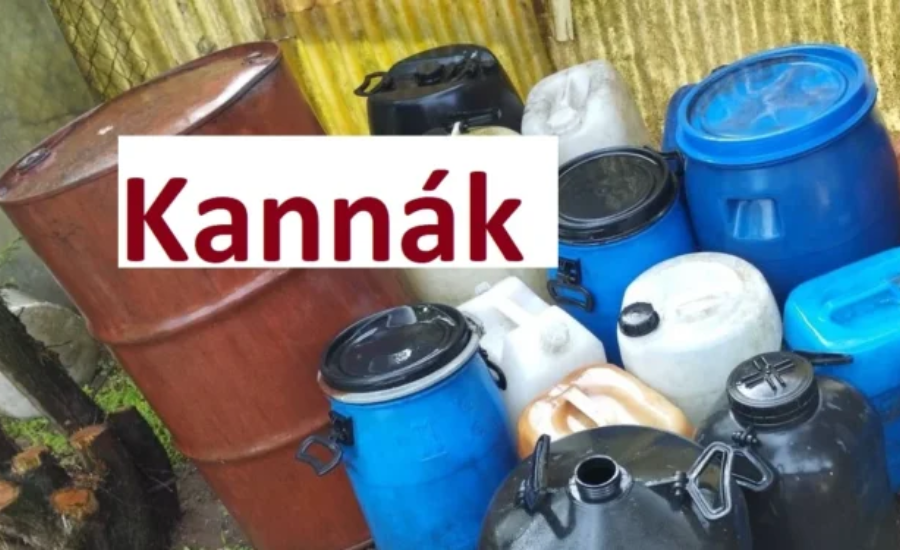
Kannák, often shrouded in mystery, is a fascinating concept that has evolved over centuries. It refers not only to a specific type of container but also to the broader cultural and historical phenomena surrounding it. This dual nature makes Kannák an intriguing topic for both scholars and enthusiasts alike, as it encapsulates both practical utility and rich cultural heritage.
Regarding Kannák, there are various types available, each designed for different purposes. Plastic Kannák is lightweight and commonly used for storing liquids such as chemicals or cleaning solutions. Their affordability and ease of transport make them ideal for situations where temporary or frequent movement of liquids is required. They are perfect for everyday use, offering convenience without compromising on functionality.
On the other hand, metal Kannák offers durability and strength, making them suitable for long-term storage of hazardous materials or industrial liquids. These containers can withstand harsh conditions and provide a longer storage duration compared to their plastic counterparts. Metal Kannák is perfect for environments that require robust and secure containment solutions, ensuring that the stored materials remain safe over extended periods. Whether you need a container for short-term storage or a more permanent solution, understanding the benefits and limitations of each type will help you make an informed decision, ensuring you choose the most suitable Kannák for your needs.
Historical Background
1. Ancient Origins
The term “kannák” might sound unfamiliar, but its history is deeply rooted in practicality. Dating back to ancient civilizations, early kannák were crafted from natural materials like gourds and clay. These primitive containers were essential for storing food, water, and other vital resources, playing a crucial role in everyday survival. As societies grew and technology advanced, so did the design and materials of these containers.
2. Evolution Through the Ages
Over time, the design and materials of kannák evolved significantly. The advent of metalworking introduced more durable and varied shapes, enhancing their functionality and longevity. The Industrial Revolution marked another turning point, as mass production made kannák more accessible to everyone. Today, we see a wide range of kannák made from various materials, each tailored to specific needs and preferences. Whether crafted from plastic for lightweight, everyday use or metal for robust, long-term storage, kannák continues to be indispensable tools in our daily lives.
The Cultural Significance of Kannák
1. Kannák in Art and Literature
Kannák’s influence extends far beyond its immediate locality, significantly impacting global culture and the arts. In art and literature, Kannák has inspired a myriad of works, from classical paintings to modern literary pieces. Artists and writers have interpreted its essence in diverse ways, reflecting its significance through various creative lenses. Whether depicted in detailed still-life paintings or symbolically represented in poetry and novels, Kannák serves as a profound muse that enriches artistic expression.
2. Kannák’s Influence on Music and Performance
Kannák’s impact on music and theatrical performances highlights its versatility and profound influence. It has inspired numerous compositions and plays, each offering a unique interpretation of its rich narrative. In music, Kannák has influenced both traditional folk songs and contemporary compositions, while in theater, it plays a central role in storytelling, symbolizing various themes and emotions. This enduring presence in the performing arts underscores Kannák’s deep cultural resonance and its ability to inspire creativity across different mediums.
Different Types of Kannák and Their Usages
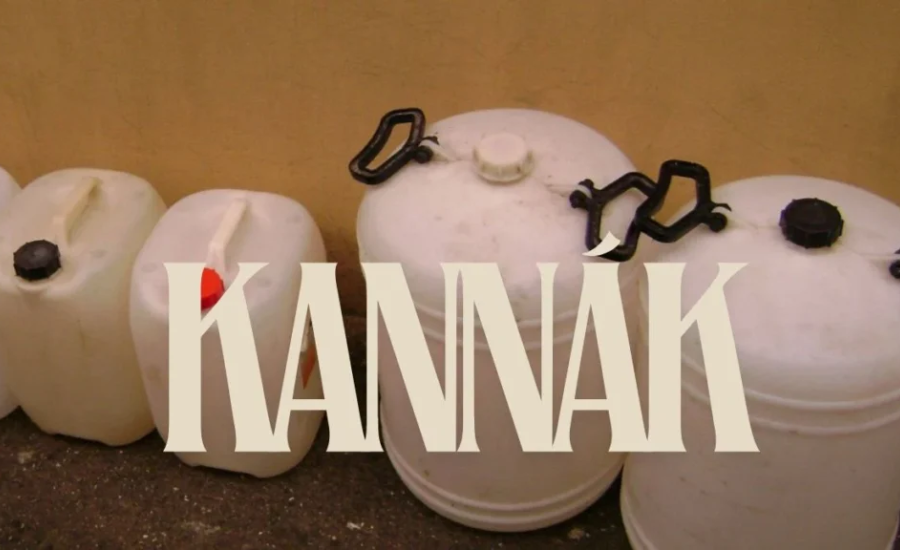
When it comes to Kannák, understanding the different types and their uses is crucial for selecting the right container for your needs. Here’s a breakdown in table form to help you compare the options:
| Type of Kannák | Key Features | Best Uses | Benefits |
|---|---|---|---|
| Plastic Kannák | Lightweight, affordable, easy to transport | Storing liquids like chemicals or cleaning solutions | Manageable weight, cost-effective, portable |
| Metal Kannák | Durable, strong, long-term storage | Storing hazardous materials or industrial liquids | Robust, secure, long-lasting storage |
Selecting the appropriate Kannák depends on your specific requirements. Plastic Kannák is ideal for temporary or frequently moved liquids due to its lightweight and cost-effectiveness. Conversely, metal Kannák provides durability and strength, making them suitable for long-term or industrial use where robust containment is essential. Understanding these differences ensures you make an informed choice tailored to your storage needs.
Design Innovations of Kannák
1. Ergonomic Enhancements
Modern kannák incorporates ergonomic designs aimed at enhancing usability and convenience. Features such as easy-grip handles and spill-resistant spouts cater to both industrial and residential settings, prioritizing functionality to improve efficiency and safety.
2. Aesthetic Appeal
Kannák blends functionality with aesthetics, often showcasing intricate designs or vibrant colors that complement their surroundings. Whether adorning a farmhouse kitchen with rustic ceramic jars or adding a touch of modernity to office spaces with sleek metal containers, kannák serve as both practical storage solutions and decorative elements.
3. Enhanced Functionality
The evolution of kannák includes advanced functional features like airtight seals, stackable designs, and temperature control capabilities. These innovations ensure versatility and reliability, meeting various user needs—from preserving food freshness in kitchens to securely managing hazardous materials in industrial environments.
Versatile Applications of Kannák
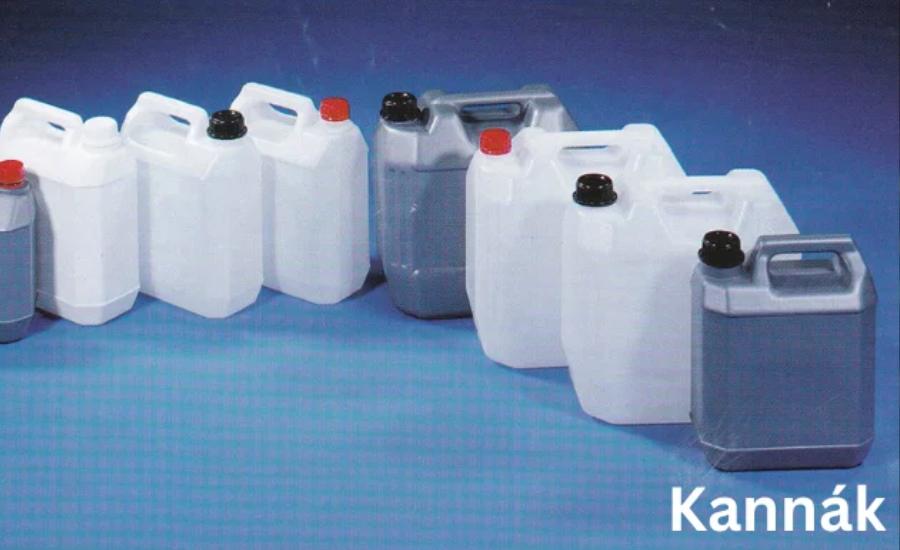
1. Household Utility
Kannák plays a crucial role in households, where plastic varieties are commonly used for storing cleaning solutions, detergents, and other liquid products due to their lightweight and user-friendly design. Meanwhile, metal Kannák finds niche uses for storing fuels in generators or outdoor equipment, providing durable solutions where needed.
2. Industrial Significance
In industrial settings, both plastic and metal Kannák serve vital functions. Plastic Kannák are indispensable for storing chemicals, lubricants, and other non-hazardous liquids, offering chemical resistance and ease of transport. They are pivotal in ensuring efficient operations across various industrial applications.
Metal Kannák are essential in industries handling hazardous materials, fuels, and oils, characterized by their durability and ability to withstand harsh conditions. They are preferred for secure, long-term storage and transportation of industrial liquids, meeting stringent safety and regulatory standards.
3. Commercial Versatility
The commercial sector utilizes Kannák extensively, with plastic versions being utilized by retail stores and suppliers for packaging and selling products such as cleaning solutions, automotive fluids, and gardening chemicals. Meanwhile, metal Kannák is essential in commercial fuel stations and for bulk storage needs, ensuring efficient management of oils and other liquids.
Advantages of Kannák Usage
1. Long-lasting Durability
One of the key advantages of using kannák is its exceptional durability. Well-crafted kannák can endure frequent use over extended periods, making them a cost-effective choice for households and businesses alike. Their longevity reduces the need for frequent replacements, offering substantial savings in the long term.
2. Environmental Friendliness
Many kannák are now crafted from eco-friendly materials or designed for reuse, contributing to waste reduction and supporting environmental sustainability. Opting for recyclable or biodegradable kannák helps minimize plastic waste and promotes green living practices, aligning with global efforts towards environmental conservation.
3. Economic Viability
Thanks to their robust construction and multifunctional capabilities, kannák provides great value for money. They represent a smart investment for residential and commercial applications, offering long-term savings by minimizing replacement costs and efficiently serving diverse storage needs.
Choosing the Right Kannák for Your Requirements
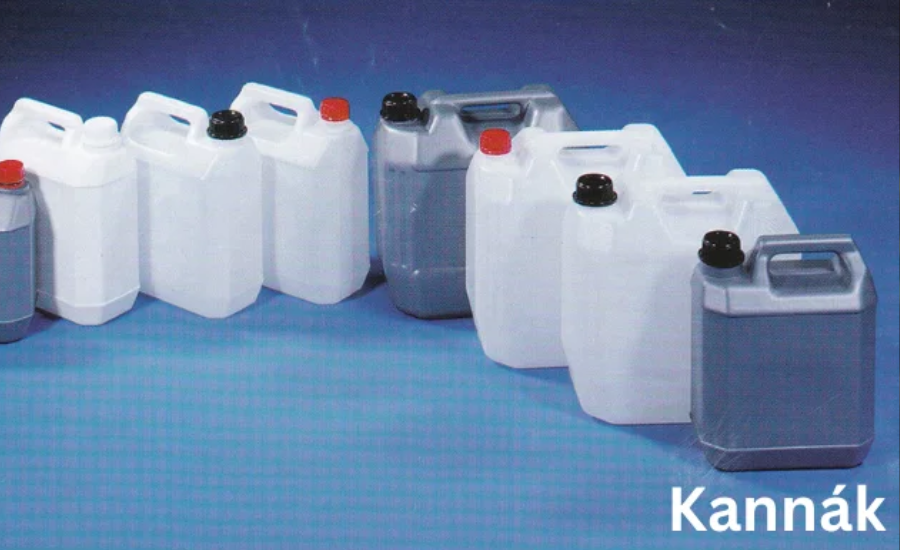
1. Consider Material Compatibility
When selecting a Kannák, the type of material you intend to store is paramount. Plastic Kannáks are lightweight and suitable for non-corrosive liquids or dry goods. Conversely, metal Kannáks offer durability, making them ideal for hazardous materials or items requiring long-term storage.
2. Optimal Size Selection
Size is another crucial factor. Choose a Kannák that accommodates your material volume efficiently, minimizing wastage caused by excess space. Matching the container size to your specific needs ensures efficient storage and organization.
3. Lid Design and Functionality
Evaluate the lid design based on your usage requirements. Some Kannáks feature lids for easy access, while others offer airtight seals for enhanced protection against spills or contamination. Selecting the right lid design enhances usability and ensures the safety of stored contents.
4. Assess Portability Needs
Consider the need for portability if you frequently move stored items. Kannáks with handles, typically made of plastic, facilitate easy transportation. Alternatively, stainless steel Kannáks are suitable for stationary storage applications where mobility is less critical.
5. Tailored Solution for Your Needs
Assessing your specific requirements—such as material type, size, lid functionality, and portability—guides you in choosing the perfect Kannák. By understanding these factors, you can select a container that optimally meets your storage needs, ensuring efficiency and convenience in your everyday tasks.
Social Stigma and Perception of Kannák
Despite the strides towards acceptance and legalization, kannák continues to grapple with deep-seated social stigma and misconceptions in various societies. These negative perceptions cast a shadow over its use, perpetuating stereotypes that hinder progress toward broader acceptance and understanding.
The stigma surrounding kannák contributes to discriminatory practices and legal barriers, impacting both medical patients who rely on its therapeutic benefits and recreational users seeking responsible consumption. This societal bias often marginalizes individuals who could benefit from kannák, leading to unjust legal consequences and restricted access to essential treatments.
Efforts to challenge these misconceptions are crucial for fostering a more informed and compassionate approach towards kannák. Education and advocacy play pivotal roles in dispelling myths, promoting factual information, and advocating for fair policies that prioritize public health and individual rights. By addressing social stigma head-on, we can create environments where kannák is viewed through a lens of science, compassion, and respect for diverse societal needs.
The Future of Kannák
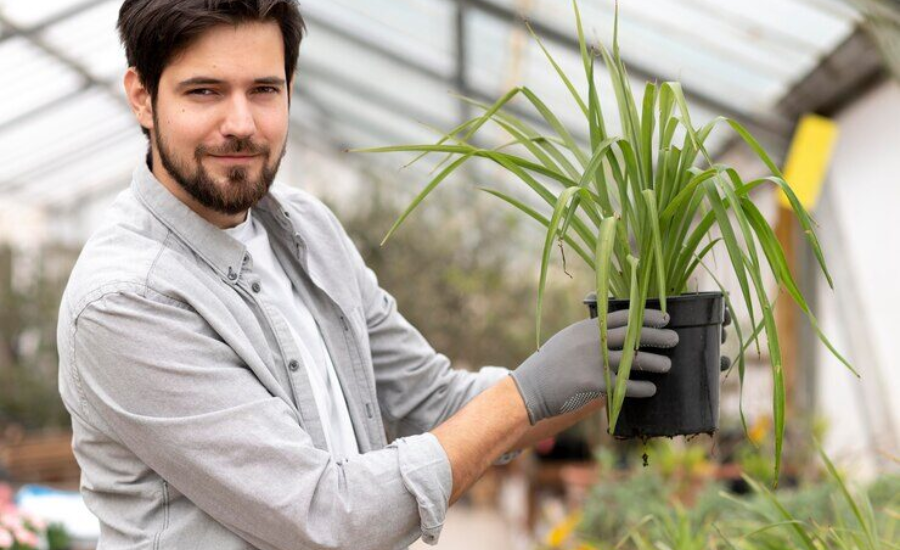
1. Emerging Trends
The future of kannák looks promising with several trends emerging on the horizon. From the integration of smart technology to the use of sustainable materials, the evolution of kannák is set to continue. Innovations focus on enhancing functionality, reducing environmental impact, and incorporating advanced features to meet evolving user needs.
2. Potential Future Applications
As technology and materials continue to advance, the potential future applications of kannák are vast. We may witness kannák being utilized in ways that are currently unimaginable, such as in space travel or as part of advanced food preservation systems. The versatility and adaptability of kannák ensure they will remain relevant in an ever-changing world, catering to new and innovative uses across various industries.
3. Market Outlook
The market for kannák is expected to expand, driven by increasing demands for versatile and sustainable storage solutions. As consumers become more environmentally conscious and businesses seek more efficient methods to store and transport materials, the demand for high-quality kannák is projected to grow. This growth reflects a shift towards more eco-friendly practices and a preference for durable, cost-effective storage solutions in both residential and industrial sectors.
Wrapping Up
Kannák has a rich history dating back to ancient civilizations, where they were crafted from rudimentary materials like clay and gourds for storing essential items such as food and water. As civilizations evolved, so did kannák, progressing into diverse forms and materials suited for modern needs. Today, these containers play vital roles across households, industries, and commercial sectors, offering solutions for storing everything from household cleaners to industrial chemicals.
Despite their practicality, kannák continues to face social stigma and misconceptions in many societies, which often lead to discrimination and legal hurdles for both medical users and recreational enthusiasts. Overcoming these challenges requires efforts to educate the public, promote accurate information, and advocate for fair policies that support responsible use and access to kannák. By addressing these issues, societies can foster greater acceptance and understanding of kannák’s role in modern life, ensuring they are valued for their utility and contribution to various aspects of daily living.
Don’t miss the latest updates and alerts visit: Next Web Log!



